Experimental Investigation of Compression Properties of Composites with Printed Braiding Structure
Abstract
:1. Introduction
2. Materials and Methods
2.1. Printing of 3D Braiding Structure
2.2. Impregnation of Printed Braiding Structure with Resins
2.3. Compression Test on Composite Specimens with Printed Braiding Structure
3. Results and Discussion
3.1. Compression Properties of Different Specimens
3.2. Specific Stiffness and Strength
3.3. Differential Scanning Calorimeter (DSC) Measurement for UDMA/TEGDMA Resin
3.4. Characterization of Fractured Specimen Surfaces
4. Conclusions
Funding
Acknowledgments
Conflicts of Interest
References
- Bilisik, K. Three-dimensional braiding for composites: A review. Text. Res. J. 2013, 83, 1414–1436. [Google Scholar] [CrossRef]
- Chou, T.W.; Ko, F.K. Textile Structural Composites, 1st ed.; Elsevier Science Publishers: Amsterdam, The Netherlands, 1989; ISBN 0-444-42992. [Google Scholar]
- Chou, T.W. Microstructural Design of Fiber Composites, 2nd ed.; Cambridge University Press: Cambridge, UK, 2005; ISBN 0-521-35482-X. [Google Scholar]
- Hufenbach, W.; Böhm, R.; Thieme, M.; Winkler, A.; Mäder, E.; Rausch, J.; Schade, M. Polypropylene/glass fibre 3D-textile reinforced composites for automotive applications. Mater. Des. 2011, 32, 1468–1476. [Google Scholar] [CrossRef]
- Hull, C.W. Apparatus for Production of Three-Dimensional Objects by Stereolithography. US 4575330A, 11 March 1986. [Google Scholar]
- American Society for Testing Materials. Standard Terminology for Additive Manufacturing Technologies; ASTM-I F2792-12A; ASTM International: West Conshohocken, PA, USA, 2012. [Google Scholar]
- Mitschang, P.; Blinzler, M.; Wöginger, A. Processing technologies for continuous fiber reinforced thermoplastics with novel polymer blends. Compos. Sci. Technol. 2003, 63, 2099–2110. [Google Scholar] [CrossRef]
- Quan, Z.; Wu, A.; Keefe, M.; Qin, X.; Yu, J.; Suhr, J.; Byun, J.; Kim, B.; Chou, T. Additive manufacturing of multi-directional preforms for composites: Opportunities and challenges. Mater. Today 2015, 18, 503–512. [Google Scholar] [CrossRef]
- Huang, Y.; Leu, M.C.; Mazumder, J.; Donmez, A. Additive manufacturing: Current state, future potential, gaps and needs, and recommendations. J. Manuf. Sci. Eng. 2015, 137, 1–10. [Google Scholar] [CrossRef]
- Ahuja, B.; Karg, M.; Schmidt, M. Additive manufacturing in production: Challenges and opportunities. In Proceedings of the SPIE LASE, San Francisco, CA, USA, 7–12 February 2015. [Google Scholar]
- Quan, Z.; Larimore, Z.; Wu, A.; Yu, J.; Qin, X.; Mirotznik, M.; Suhr, J.; Byun, J.; Oh, Y.; Chou, T. Microstructural design and additive manufacturing and characterization of 3D orthogonal short carbonfiber/acrylonitrile-butadiene-styrene preform and composite. Compos. Sci. Tech. 2016, 126, 139–148. [Google Scholar] [CrossRef]
- Petrovic, V.; Vicente, J.; Jordá, F. Additive layered manufacturing: Sectors of industrial application shown through case studies. Int. J. Prod. Res. 2011, 49, 1061–1079. [Google Scholar] [CrossRef]
- Ding, D.; Pan, Z.; Cuiuri, D.; Li, H. A tool-path generation strategy for wire and arc additive manufacturing. Int J. Adv. Manuf. Tech. 2014, 73, 173–183. [Google Scholar] [CrossRef]
- American Society for Testing Materials. Standard Test Method for Compressive Properties of Rigid Plastics; ASTM D695-10; ASTM International: West Conshohocken, PA, USA, 2010. [Google Scholar]
- McCrum, N.G.; Buckley, C.P.; Bucknall, C.B. Principles of Polymer Engineering, 2nd ed.; Oxford University Press: New York, NY, USA, 1997; ISBN 978-0-19-856526-0. [Google Scholar]
- Finger, W.J.; Fritz, U.B. Resin bonding to enamel and dentin with one–component UDMA/HEMA adhesives. Eur. J. Oral Sci. 1997, 105, 183–186. [Google Scholar] [CrossRef] [PubMed]
- Asmussen, E.; Peutzfeldt, A. Influence of UEDMA, BisGMA and TEGDMA on selected mechanical properties of experimental resin composites. Dent. Mater. 1998, 14, 51–56. [Google Scholar] [CrossRef]
- Perez, A.R.T.; Roberson, D.A.; Wicker, R.B. Fracture surface analysis of 3D-printed tensile specimens of novel ABS-based materials. J. Fail. Anal. Prev. 2014, 14, 343–353. [Google Scholar] [CrossRef]
- Li, C.; Liang, R.; Ren, J. Comparative study on friction properties of different dental restorative materials against natural tooth enamel and dentin. Chin. J. Mater. Res. 2016, 30, 489–495. [Google Scholar] [CrossRef]
- Kim, J.; Baillie, C.; Poh, J.; Mai, Y.W. Fracture toughness of CFRP with modified epoxy resin matrices. Compos. Sci. Technol. 1992, 43, 283–297. [Google Scholar] [CrossRef]
- Santana, I.L.; Gonçalves, L.M.; Ribeiro, J.J.S.; Mochel Filho, J.R.; Júnior, C.; Alves, A. Thermal behavior of direct resin composites: Glass transition temperature and initial degradation analyses. Rev. Odonto Ciênc. 2011, 26, 50–55. [Google Scholar] [CrossRef]
- Hayakawa, T.; Takahashi, K.; Kikutake, K.; Yokota, I.; Nemoto, K. Analysis of polymerization behavior of dental dimethacrylate monomers by differential scanning calorimetry. J. Oral Sci. 1999, 41, 9–13. [Google Scholar] [CrossRef] [PubMed]
- Jordan, W.M.; Bradley, W.L.; Moulton, R.J. Relating resin mechanical properties to composite delamination fracture toughness. J. Compos. Mater. 1989, 23, 923–943. [Google Scholar] [CrossRef]
- Gresnigt, M.M.; Özcan, M.; van den Houten, M.L.; Schipper, L.; Cune, M.S. Fracture strength, failure type and Weibull characteristics of lithium disilicate and multiphase resin composite endocrowns under axial and lateral forces. Dent. Mater. 2016, 32, 607–614. [Google Scholar] [CrossRef] [PubMed] [Green Version]
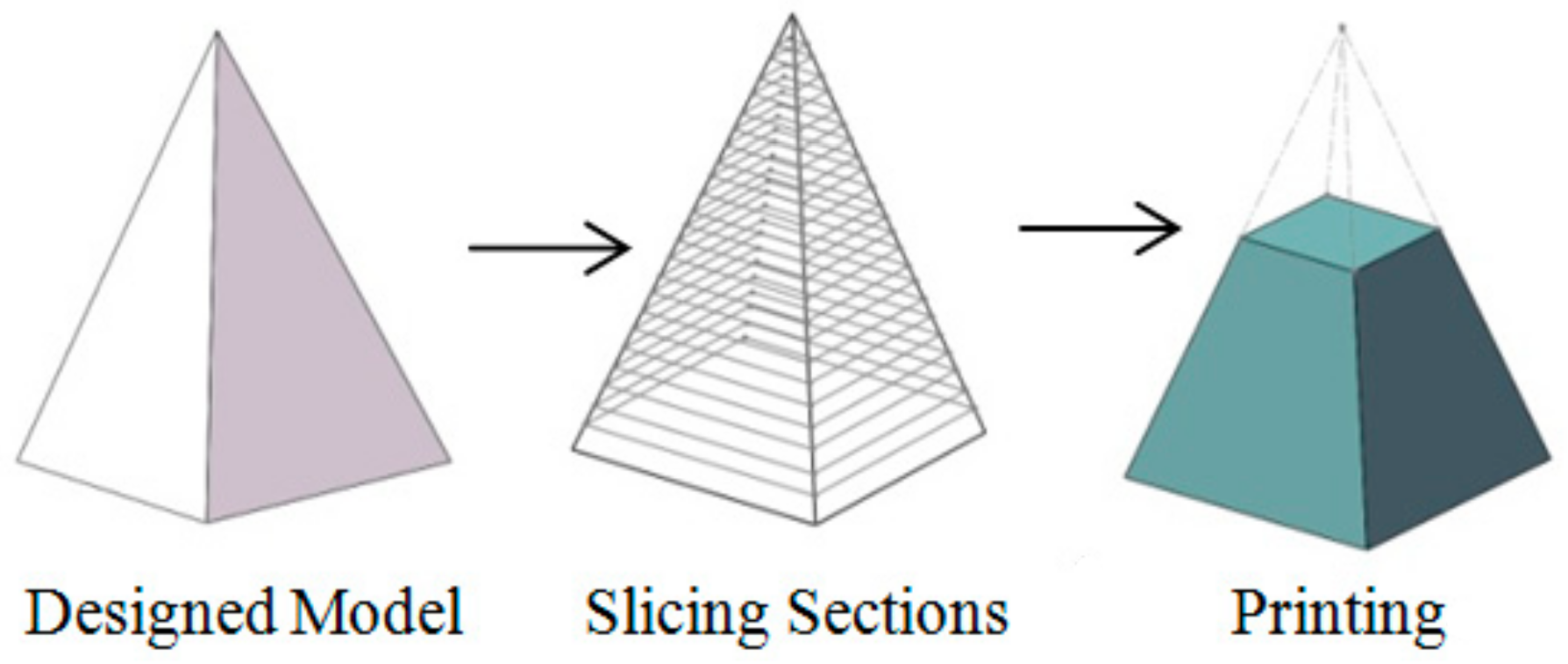
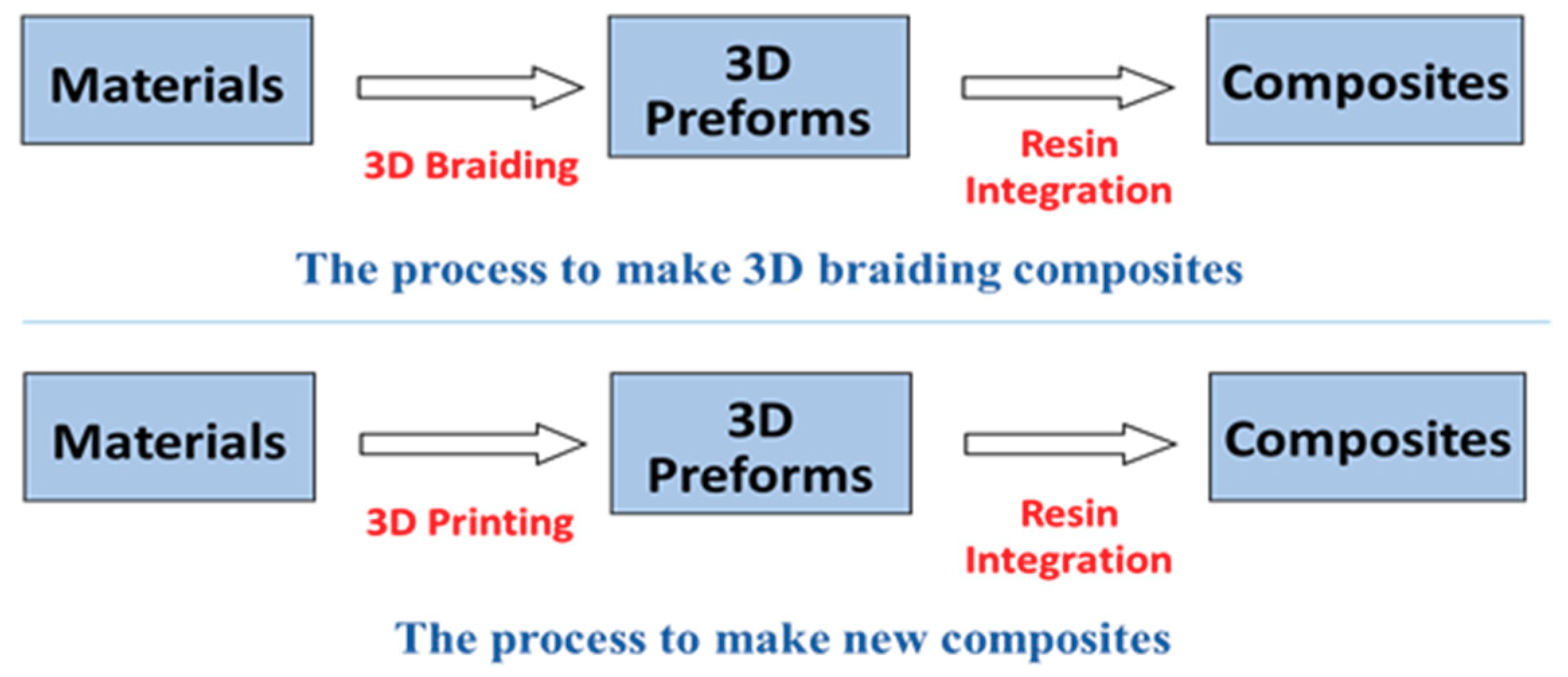
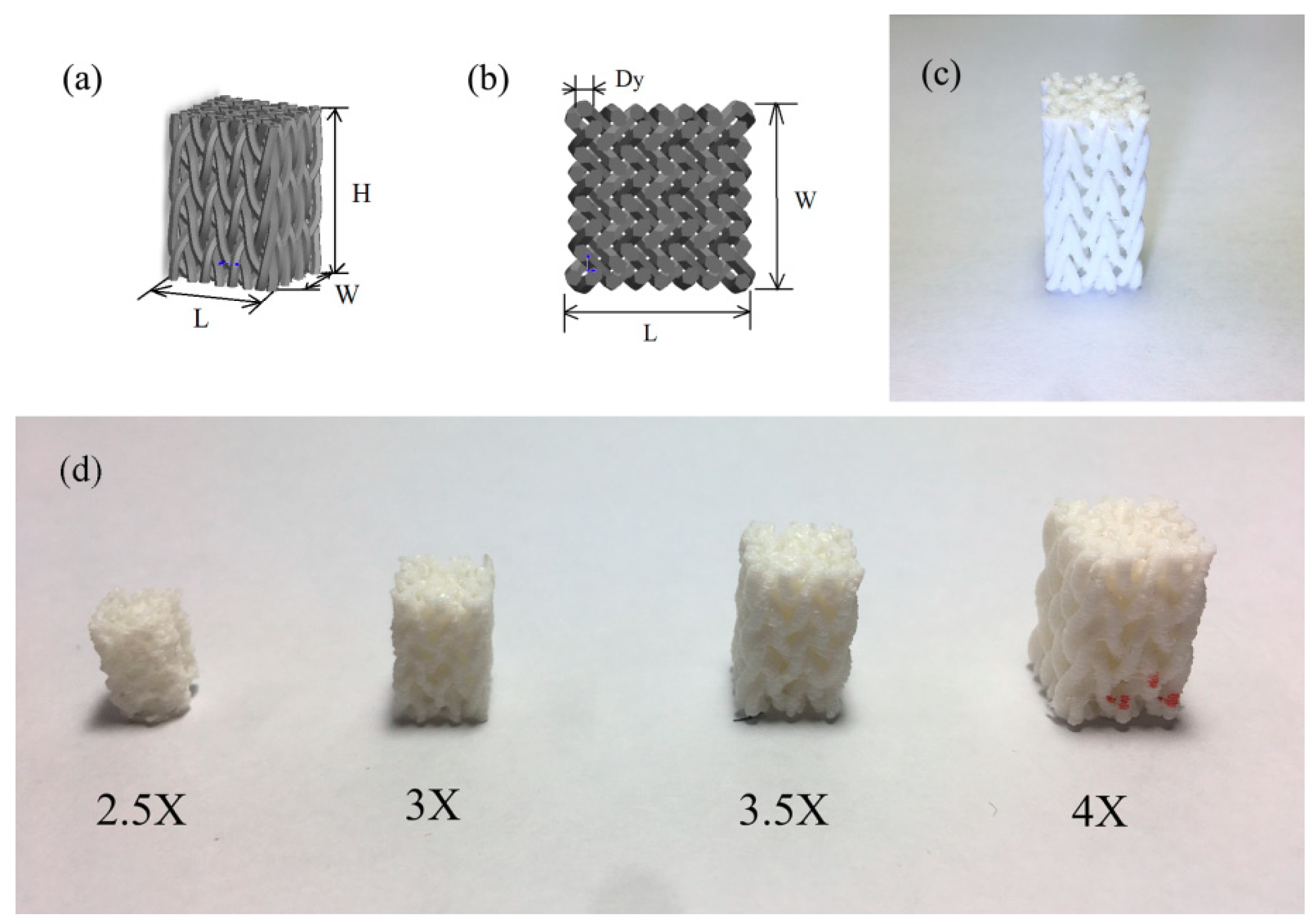

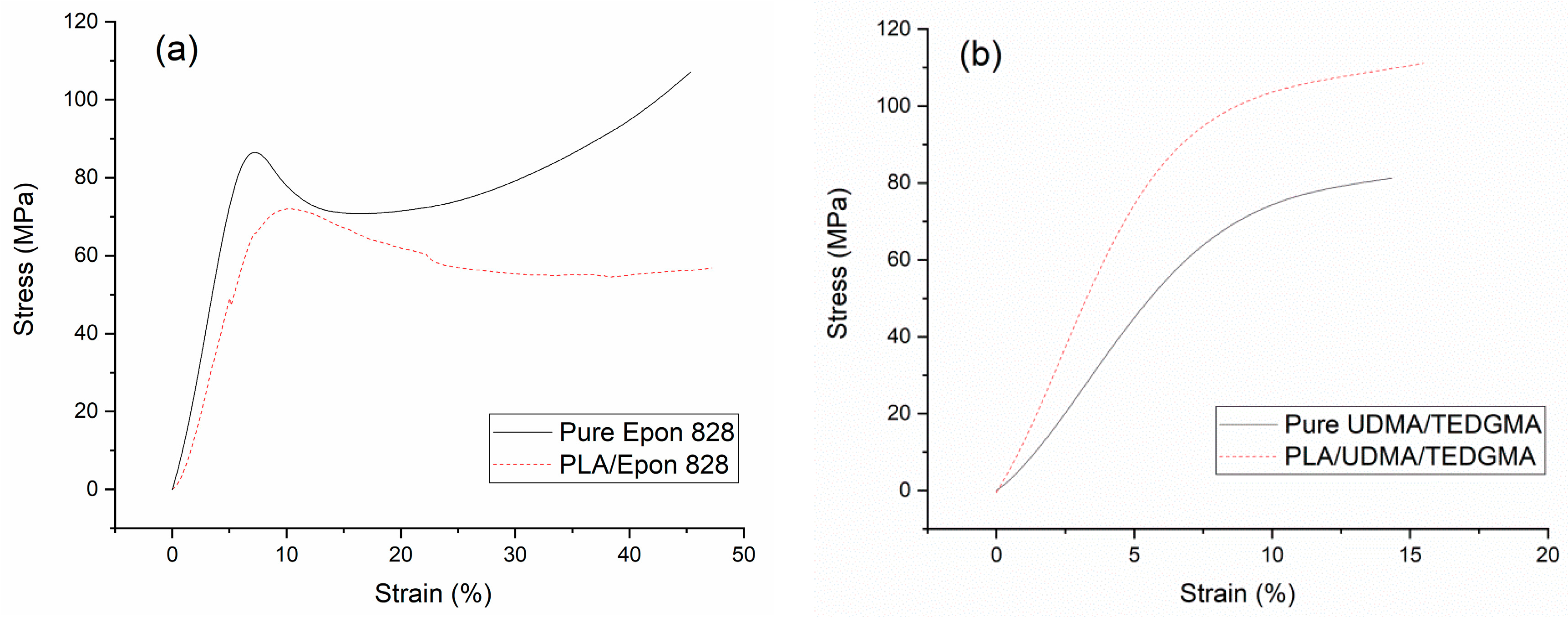



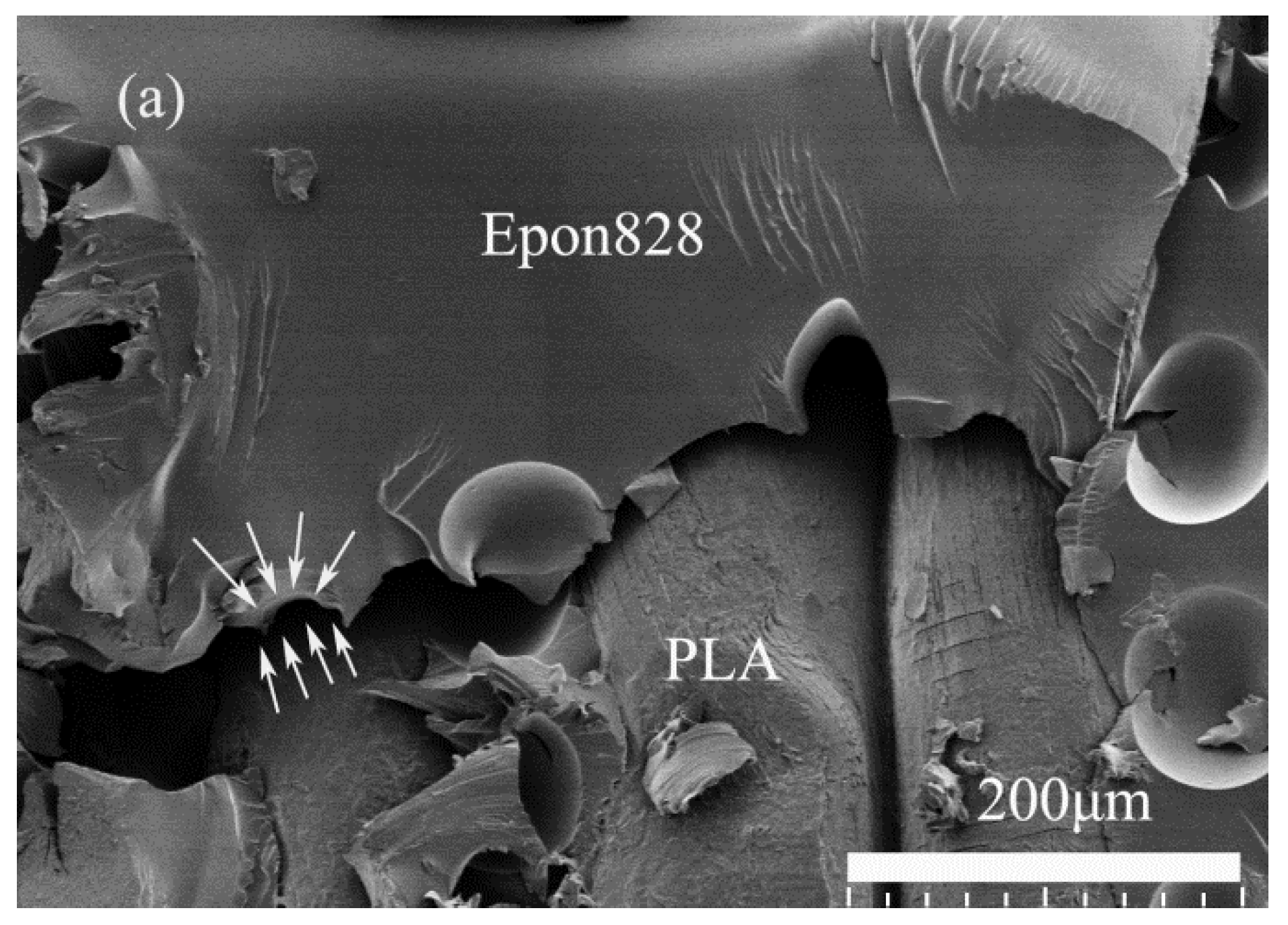
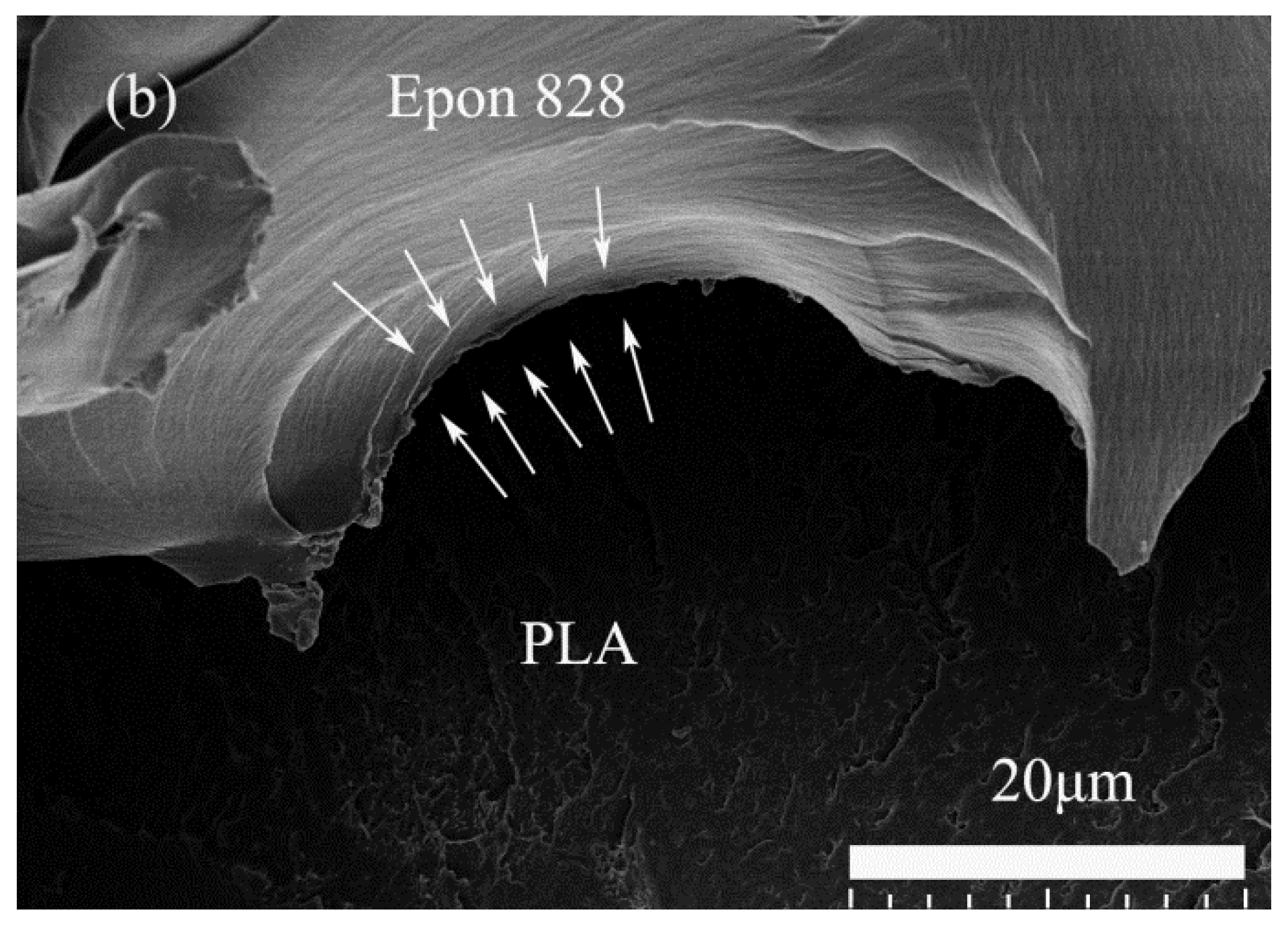
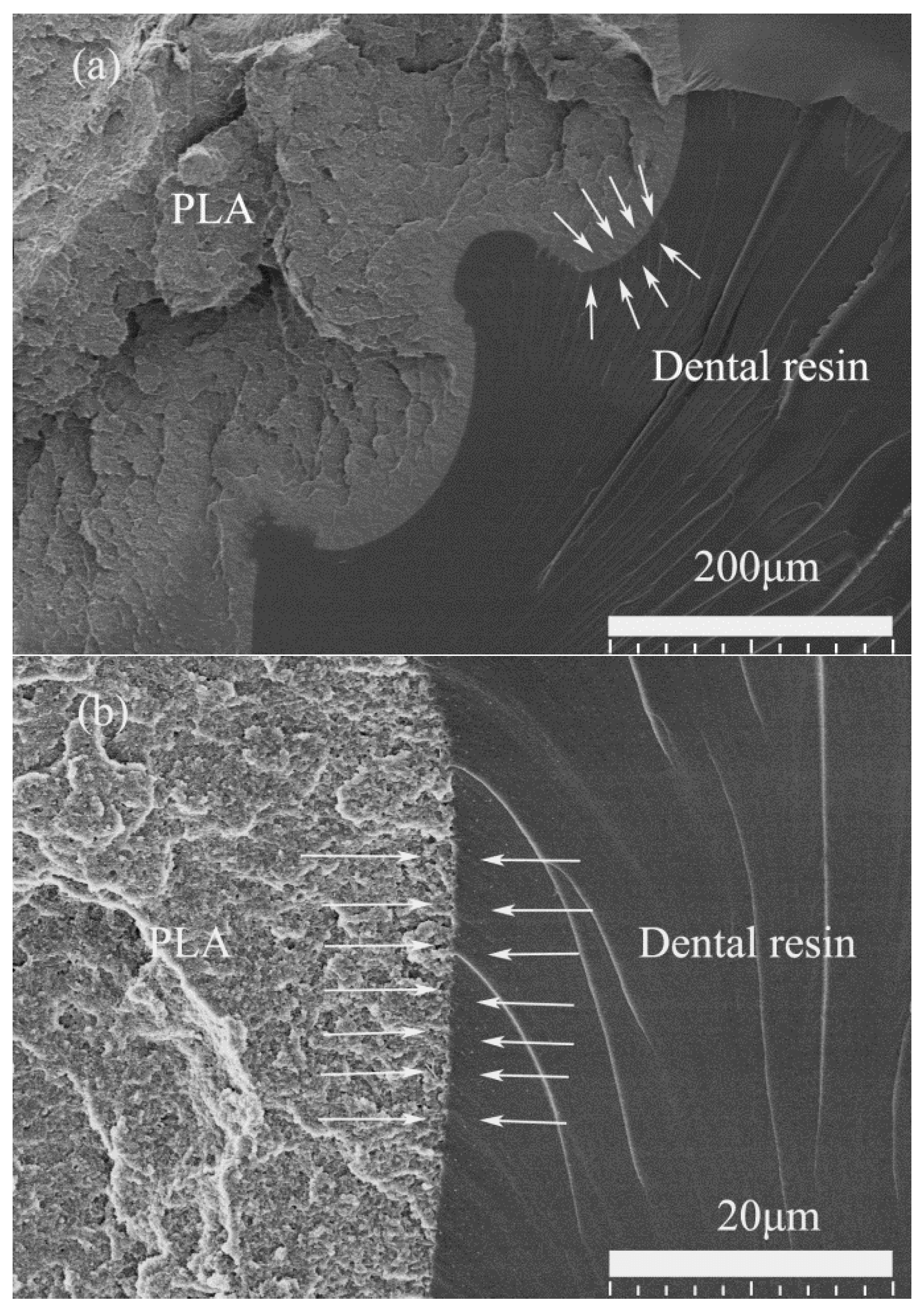
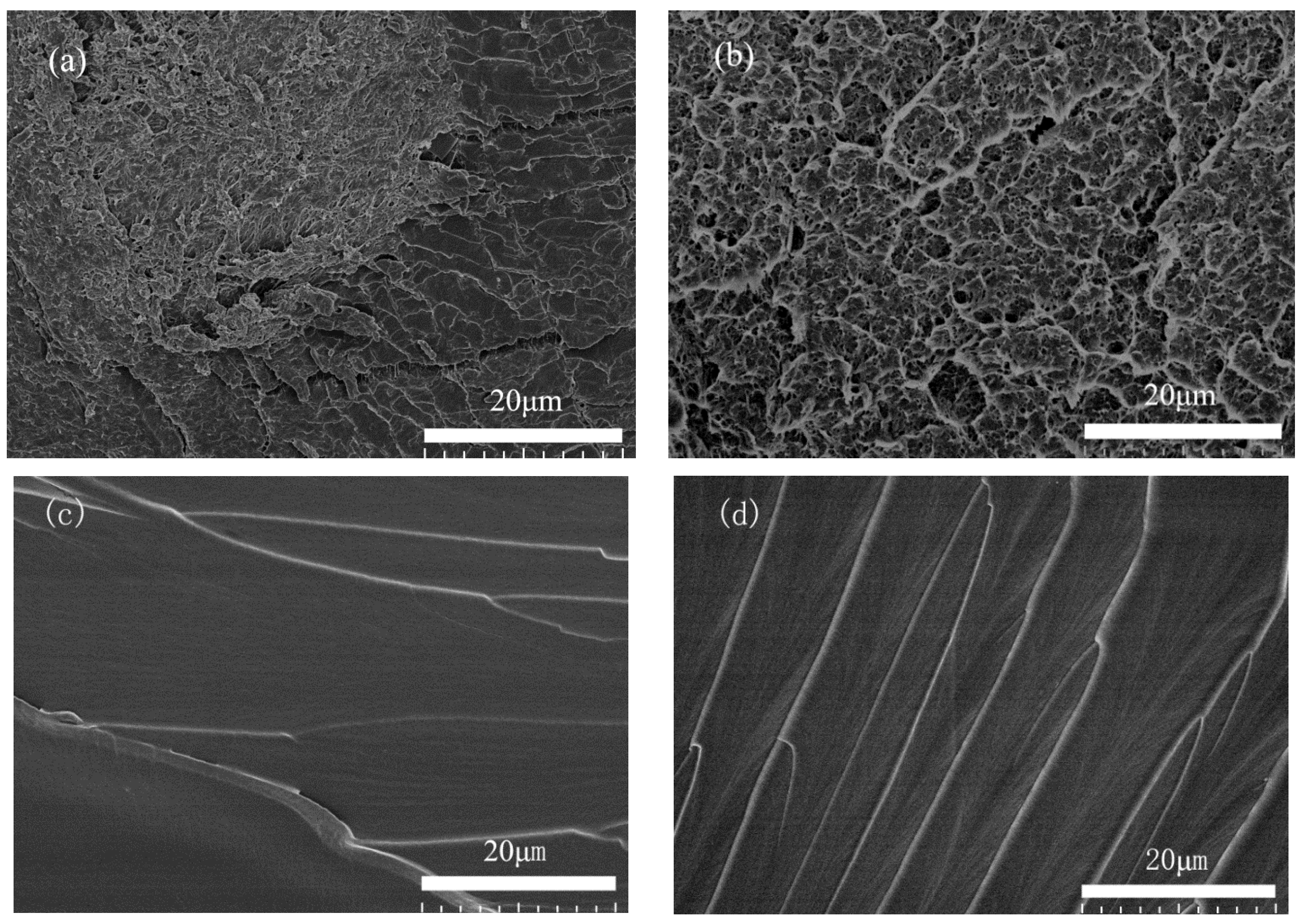
| Parameter | Value |
|---|---|
| Nozzle diameter | 400 µm |
| Layer thickness | 150 µm |
| Nozzle temperature | 210 °C |
| Bed temperature | 90 °C |
| Printing speed | 30 mm/s |
| Filament materials | Polylactid acid (PLA) |
| Parameter | Value |
|---|---|
| Length | 12.3 mm |
| Width | 12.3 mm |
| Height | 25.4 mm |
| Yarn diameter | 1.05 mm |
| Resin Type | Curing Temperature | Curing Time |
|---|---|---|
| Epon828 | 50 °C | 12 h |
| Urethane dimethacrylate/triethylene glycol dimethacrylate | 100 °C | 1 h |
| Specimen Type | Materials of Printed Braiding Structure | Resin Matrix |
|---|---|---|
| 1 | - | Epon 828 |
| 2 | PLA | Epon 828 |
| 3 | - | UDMA/TEGDMA |
| 4 | PLA | UDMA/TEGDMA |
| Specimen Type | Density (kg/m3) | Specific Stiffness (106 m2/s2) | Specific Strength (kN·m/kg) |
|---|---|---|---|
| Solid PLA | 999.74 | 1.20 | 45.01 |
| Epon 828 | 1144.87 | 8.28 | 95.40 |
| PLA/Epon 828 | 1001.55 | 5.96 | 75.91 |
| UDMA/TEDGMA | 1413.97 | 5.51 | 68.49 |
| PLA/UDMA/TEGDMA | 1120.68 | 9.61 | 96.30 |
© 2018 by the authors. Licensee MDPI, Basel, Switzerland. This article is an open access article distributed under the terms and conditions of the Creative Commons Attribution (CC BY) license (http://creativecommons.org/licenses/by/4.0/).
Share and Cite
Li, Z.; Chen, G.; Lyu, H.; Ko, F. Experimental Investigation of Compression Properties of Composites with Printed Braiding Structure. Materials 2018, 11, 1767. https://doi.org/10.3390/ma11091767
Li Z, Chen G, Lyu H, Ko F. Experimental Investigation of Compression Properties of Composites with Printed Braiding Structure. Materials. 2018; 11(9):1767. https://doi.org/10.3390/ma11091767
Chicago/Turabian StyleLi, Zhengning, Ge Chen, Haichen Lyu, and Frank Ko. 2018. "Experimental Investigation of Compression Properties of Composites with Printed Braiding Structure" Materials 11, no. 9: 1767. https://doi.org/10.3390/ma11091767






